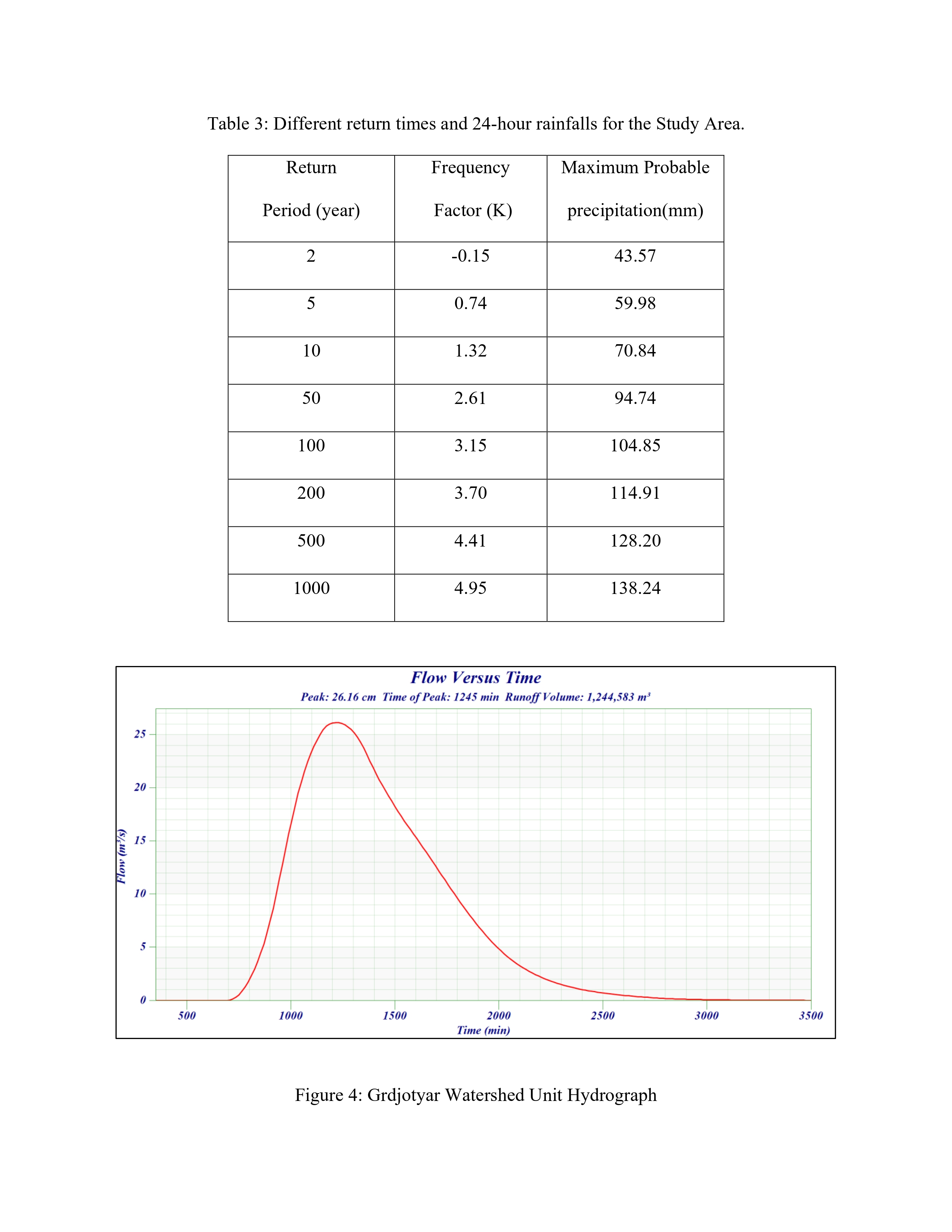
This study investigates the performance of 35 recent ponds (which are under tendering, under construction, and finished in Erbil City), focusing on their role in flood mitigation across 11 distinct catchment areas. The total storage capacity of these ponds is approximately 9,926,394 m³, significantly enhancing the city's ability to manage stormwater runoff and reduce flood risks. The Watershed Modeling System (WMS), along with the Soil Conservation Service Curve Number (SCS-CN) method, was utilized for hydrological modeling to evaluate runoff behavior and water retention performance. Calculated Retention Capacity Ratio (RCR) values vary from as low as 21 % in the smallest system to 136 % in the Kasnazan catchment, with Chamarga similarly exceeding full capacity at 131 %. These over-capacity networks not only attenuate peak flows but also promote groundwater recharge, improve downstream water quality by trapping sediments and nutrients, and create valuable aquatic and riparian habitats. Our findings demonstrate the multifaceted benefits of high-capacity retention ponds and provide a replicable model for integrating green infrastructure into urban planning to build flood resilience and sustainable water management in rapidly urbanizing regions.
Total file downloads: 35